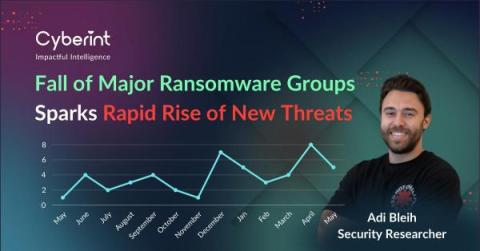How cyber risks change as financial institutions grow
One of the catchphrases of modern parenting is “little kids, little problems; big kids, big problems” – meaning that as kids grow, the scope of the challenges they face also typically intensifies. You could make a similar statement about cyber risk for financial institutions: Small companies tend to face smallish cybersecurity risks, while larger financial services businesses face bigger threats.











